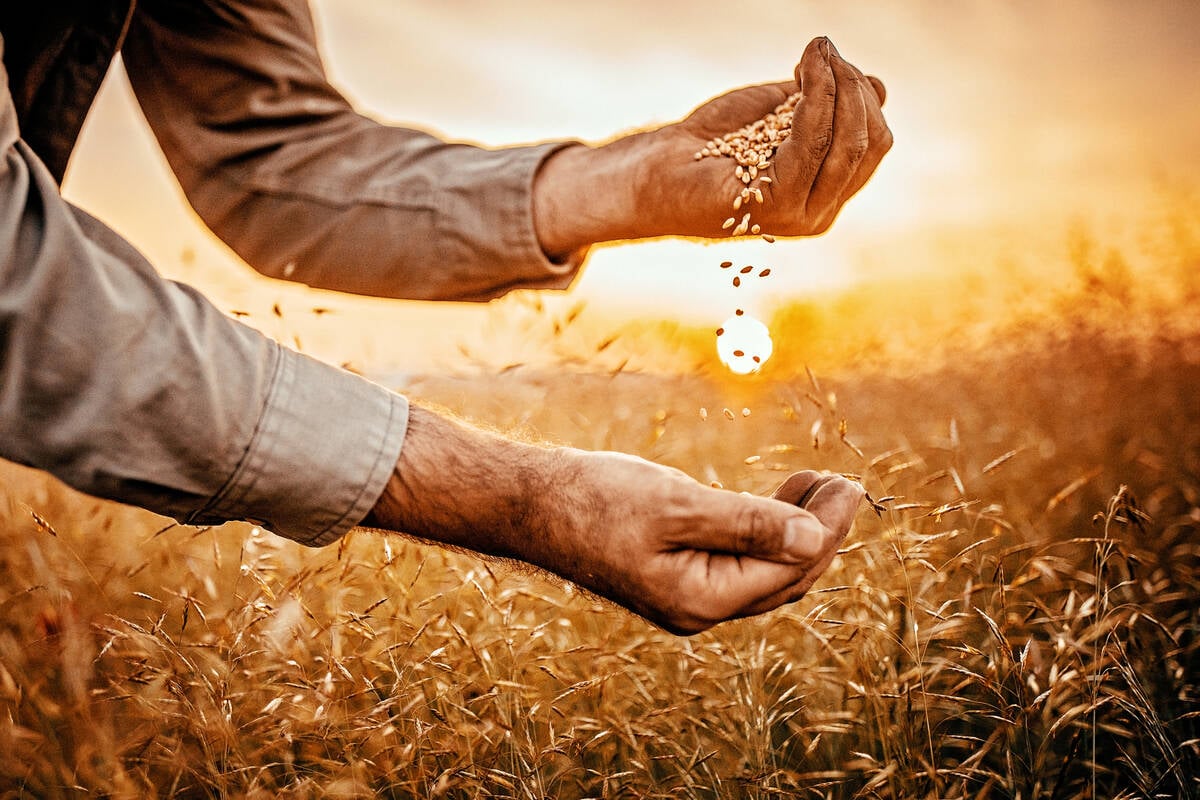All farmers want a high-yielding canola crop.
However, it should be the last thing they worry about when choosing a canola variety.
“Ignore the yield,” Angela Brackenreed, an agronomy specialist for Manitoba with the Canola Council of Canada, recently told Manitoba Ag Days.
“If you’re looking at an Excel spread-sheet or something like that, cover up the yield column and first select for the traits you desire on your farm or on a field by field basis.”
Farmers usually look first for the highest-yielding varieties and then select from those for what looks like the best for their farm.
Read Also

Taking a look inside Canada’s seed regulatory overhaul
ive years, eight task teams, 130 volunteers and 135 recommendations later, Canada’s seed industry is still waiting for meaningful regulatory change.
However, Brackenreed said that is doing things backwards.
She said canola is not just a highly valuable crop, but one with many risks that can ravage its yield, such as diseases and weeds. Yield potential is only one factor.
Farmers who want to produce a good canola crop should focus first on crops with good resistance to diseases they suffer from, which operate within the herbicide tolerance regime they want to employ and which contain the special agronomic abilities they value.
Some varieties are strong against blackleg, which has been a problem in Manitoba in recent years. Some produce plants that stand independently, while others lodge. There is a huge range of attributes that a farmer can choose, but no variety has them all, so farmers need to decide what’s most important.
Brackenreed said farmers need to work out the package of features they want in their canola crop and then look at their options. That’s when they can start looking at yield as a factor among the crops that offer what they are looking for.
Brackenreed said with so many good varieties from which to choose, farmers don’t just need to run for a handful of high-yielding varieties to get a crop.
Instead, they have a few dozen to look at, so they can take more care with choosing the right package for their farm, she added.















